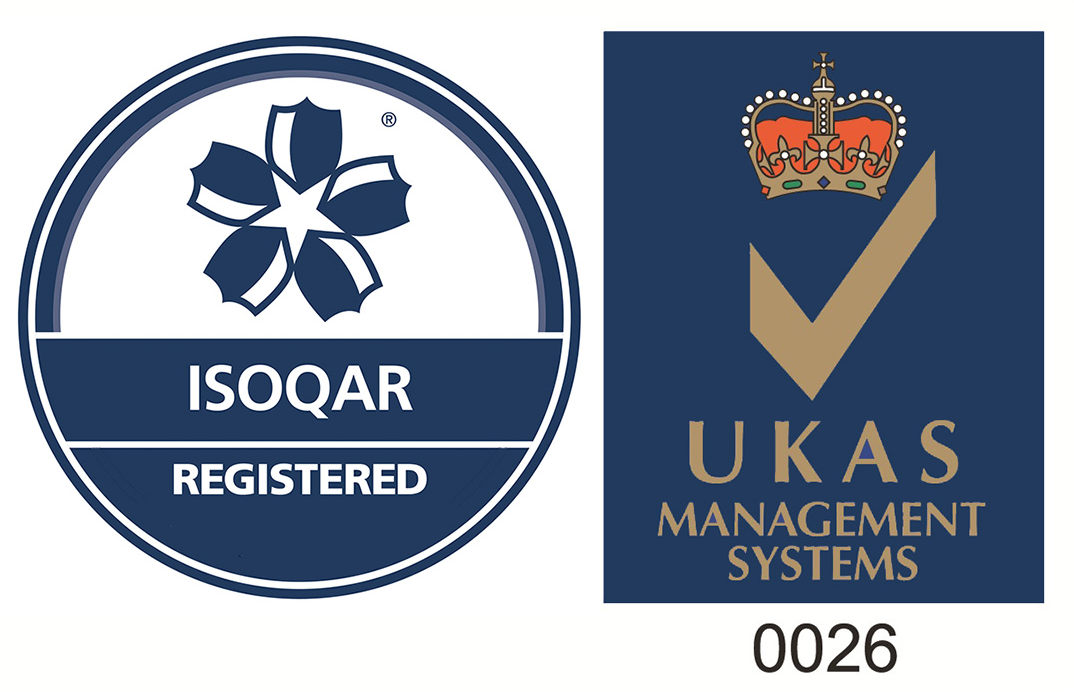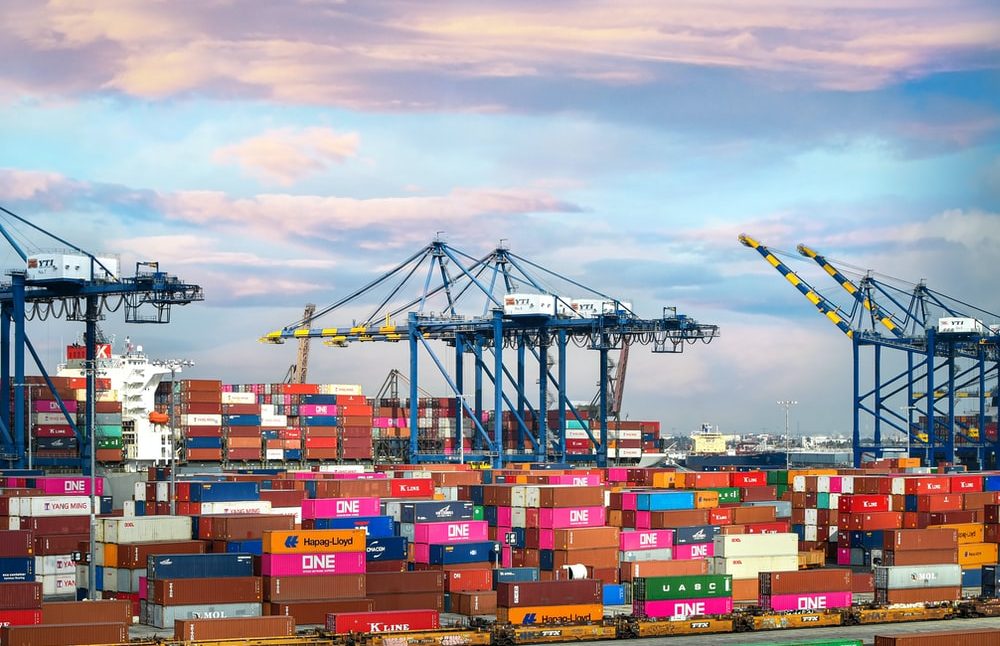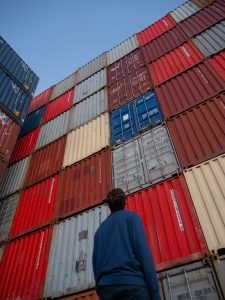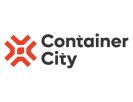The Different Models Of Logistics, You Need To Know
To make the process of shipping and delivery of goods more smooth logistics was introduced. It is the backbone of the supply chain that handles customer satisfaction and fast deliveries.
Earlier the whole process of the supply chain was so easy as the manufacturer used to ship the products without any involvement from any other parties. But as time flew and business began to grow, there came a need for logistics services. It provided many other facilities along with transportation facilities with many layers.
It is surprising to learn that the logistics and supply chain industry operates on so many layers. Sometimes even experts in this industry won’t be aware of all the layers.
Which are 1PL,2PL,3PL,4PL,5PL,6PL,7PL.
It gives detailed information about the total parties involved in the shipping of various goods.
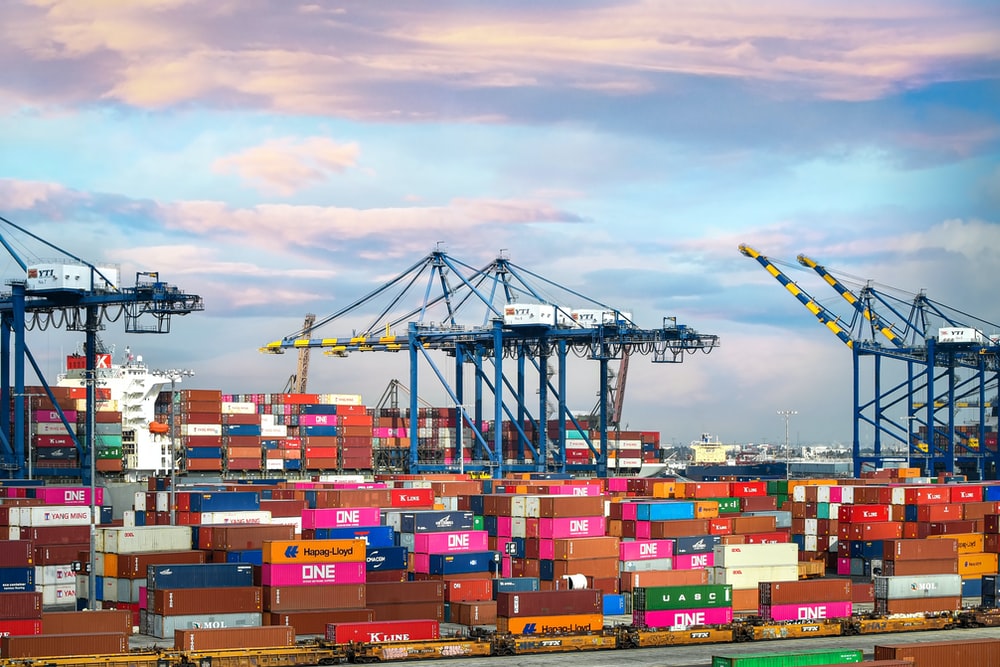
Here PL means Party-Logistics Provider models.Each of the PL’s can be as follows
1 PL or First party logistics
Manufactures or company having own cargo for shipping goods
Shippers or manufacturing companies who do not outsource their works such as transporting, warehousing, and so on to third parties come under this model. These companies are capable of handling all the works by themselves from administration to shipping of products. Here the seller and the buyer only gets the profits
2 PL or second party logistics
Intermediate party between the consumer and seller
The manufacturer seeks the help of a third party between him and the buyer for transportation and logistics services. However the administrative works and observing the functions of these third parties managed by the seller or manufacturer. These parties only work for short periods and get settled accordingly. For example transportation services like ships, airlines, and truck owning companies.
3 PL or third party logistics
Involves integrated operations, transportation, and warehousing of goods
They are integrated service providers. That is, they mostly specialize in the integrated working of warehouse management, transportation, and administrative works. They give customized services according to the customer’s requirements. They include shippers, courier services, and so on. They are divided into 3 categories:
Standard 3PL Provider
Basic activities of logistics are done as; pickups and packaging, warehousing, and distribution.
Service Developer
In this category more advanced services like tracking of the shipments, specific packing, security systems, and cross-dockings are provided. And these are achieved with the help of strong IT support.
Customer Adapter
They take over the companies control over logistics activities completely only if the customer requests it. It improves the existing logistics rather than developing a new service.
Customer Developer
This service integrates itself along with the customer and controls the complete logistics functions. It is the highest 3PL provider.
4 PL or fourth party logistics
Provides entire supply chain solutions to the client
This logistics provider provides unconventional, non-asset-based, responsible work by assembling all the resources, capabilities, and technologies of organizations. As a consulting service provider, It gives unique supply chain solutions for clients.
5 PL or fifth party logistics
Functions by combining 3PL and other services to negotiate with shipping companies and airlines for tariff rates
5PL is the combined operations between 4PL and organized planning and implementation of logistics solutions. Everything from managing the interactions between the supplier and the client to shipping and tracking the inventory is managed by 5PL.
6 PL or sixth party logistics
It helps the logistics industry to be a sustainable service provider
This makes the logistics industry more sustainable. It gives ideas to lead a sustainable work environment for the logistics industry.
7 PL or seventh party logistics
It combines the functions of 3PL and 4PL
Here one service provider gives the client 2 services. that is, 3PL and 4 PL services under the same logistics provider. Instead of dealing with several providers for different logistics services the clients will only have to deal with one person. That is why it is also known as the turnkey solution.
Logistics is an important part of the shipping industry. And the combined functioning of these models ensures the smooth working of the logistics industry. And clients or sellers can decide what logistics provider they need and choose.
Shipping, Freight, Logistics, and Supply Chain, are they the same? What do you think? Click Here



